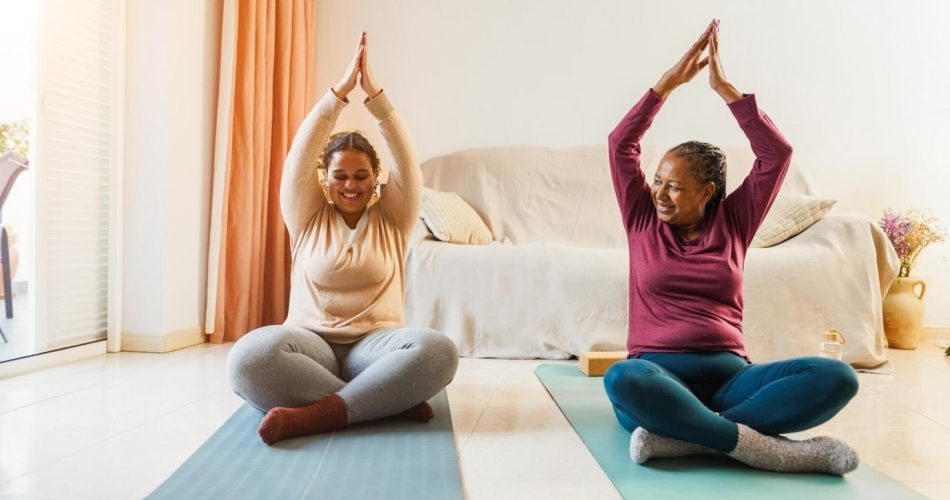Yoga has become a popular way for people to find peace and flexibility in their lives. If you’ve been practicing yoga for a while, you might be thinking about taking the next step: becoming a certified yoga teacher.
This journey is both exciting and challenging, and a good certification program is the key to becoming a confident instructor. Wondering what a yoga teacher certification program includes? It covers everything from mastering postures to exploring meditation techniques.
Understanding Yoga Teacher Certification Programs
A yoga teacher certification program usually ranges from 200 to 500 hours, depending on the level you choose. These hours are broken down into theory and practice. In these programs, you will learn not only how to perform different postures (asanas) but also how to teach them effectively.
The Importance of Posture Practice
Posture practice is a significant part of any yoga teacher certification program. You will learn various yoga poses, such as Downward Dog, Warrior, and Tree Pose.
Mastering these poses is important not only for your own practice but also for teaching others. Understanding alignment and how each pose affects different areas of the body is key to ensuring the safety of your students.
Learning to Teach Effectively
Once you are comfortable with the poses, the next step is learning how to teach them effectively. This part of the certification program focuses on how to communicate instructions clearly and confidently.
Many programs provide opportunities for you to practice teaching in small groups. You’ll receive constructive feedback from both instructors and peers.
These practice teaching sessions help you become more comfortable in front of a class, which is an important skill for any yoga instructor. Being able to guide students through a class while keeping them safe and encouraged is a crucial part of being a successful teacher.
Anatomy and Safety in Teaching Yoga
Anatomy is an often-overlooked topic in yoga teacher training. Understanding the human body and how it works is crucial when teaching yoga.
You’ll learn about muscles, bones, and joints and how they relate to yoga poses. This knowledge helps in ensuring that your students practice safely and effectively.
For example, knowing which muscles are used in a pose can help you guide your students correctly. It also allows you to offer modifications for those who may have injuries or need adjustments for safety.
The Role of Yoga Philosophy and Meditation
Yoga isn’t just about physical poses. Philosophy and meditation play a key role in a yoga teacher certification program. You’ll explore concepts like mindfulness, compassion, and the history of yoga. This knowledge enriches your practice and helps you convey these values to your students.
Meditation is often included in yoga teacher training as it helps you understand how to center yourself and teach students to be more mindful. Learning different meditation techniques can enhance your own practice and that of your future students. Many schools offer online options, making it easier than ever to visit website and begin your journey into the world of yoga!
Ready to Begin Your Journey?
Completing a yoga teacher certification program can be a life-changing experience. Whether you want to teach yoga professionally or simply deepen your practice, the knowledge and skills you gain from these programs are invaluable.
You will develop a strong foundation in teaching, understanding both yoga postures and the philosophical underpinnings of the practice. Research different programs to see what suits you best, and find a place where you feel comfortable.
For more helpful tips, check out the rest of our site today.
